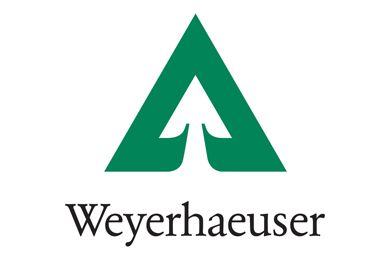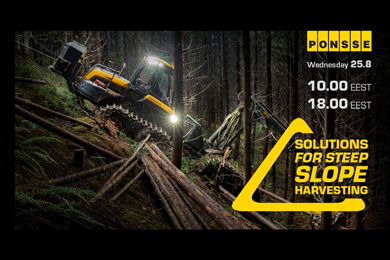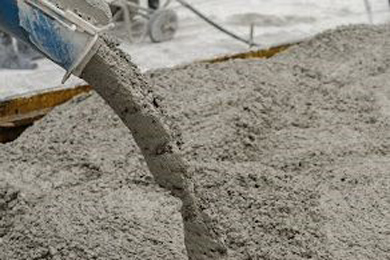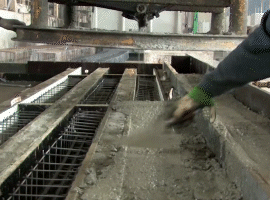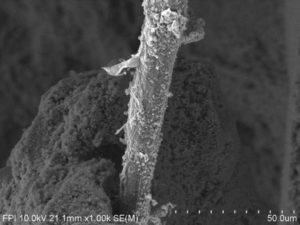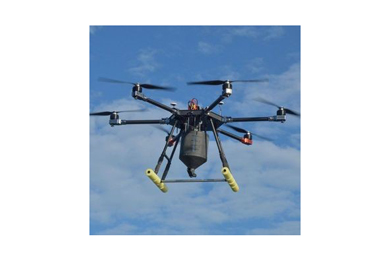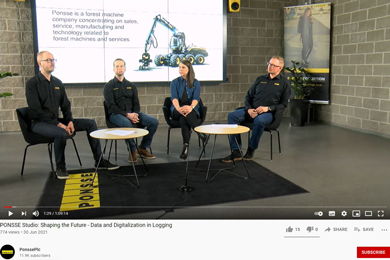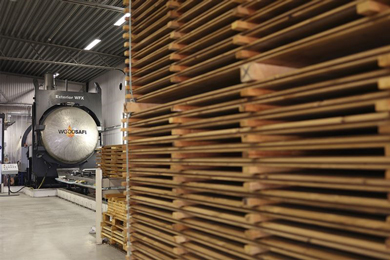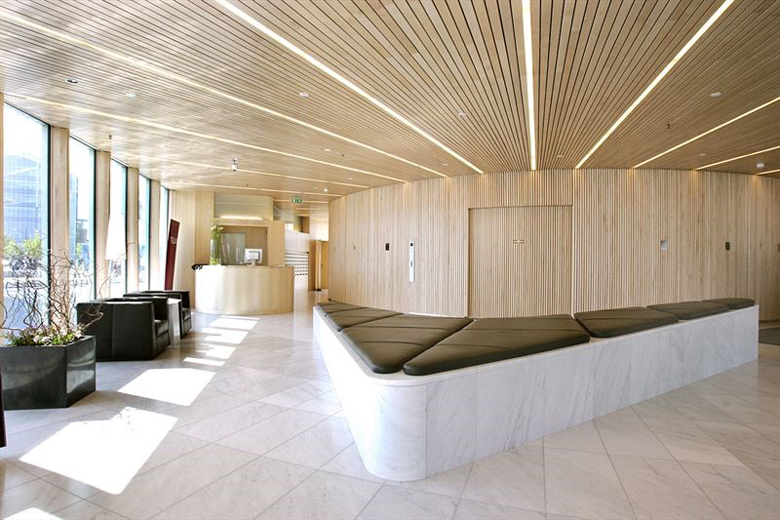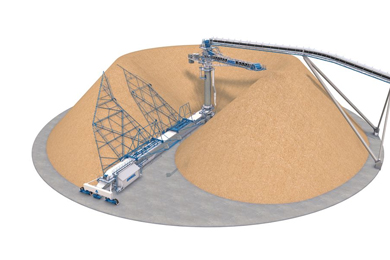Sierra Pacific Industries (SPI) and Seneca has announced that SPI plans to acquire Seneca and affiliates, combining two complementary, familyowned forest products businesses with strong historical roots on the West Coast. Founded in 1953, Seneca operates a 175,000-acre sustainably-managed tree farm, sawmills, and a biomass plant in Oregon. SPI, a leading lumber producer that manages over 2.1 million acres of timberland in California and Washington, as well as manufactures millwork, windows, and renewable energy.
The combination of two highly complementary businesses with deep expertise in forest products will result in increased efficiency and significant benefits to employees and customers. “Aaron Jones and Red Emmerson are both icons of the wood products industry. They were also friends and had a deep mutual respect for each other as industry leaders,” said Seneca CEO Todd Payne, in reference to the founders of their respective companies. “This proposed transfer makes so much more sense given the companies provide complementary products, and have shared family values and company culture.” Both SPI and Seneca have a strong focus on sustainable tree management, also managing their timberland for thriving wildlife, healthy watersheds and soils, and world-class recreation. As Payne explains, “At Seneca, we grow more than we harvest annually. We have 92% more timber on our land today than we had 25 years ago. SPI also grows more than they harvest. Under their forest management plan they expect to have more large trees on their timberlands 100 years from now than they have today.”
The companies also share a company culture that recognizes employees as their most valuable asset, values the support of the communities they operate in and serve, and gives back by being dedicated to education and administering scholarship programs.
“Seneca is known for its commitment to its people and communities, sustainable forest management, innovation in manufacturing and quality wood products,” said SPI President George Emmerson. “As a family-owned forest products company with similar values, SPI appreciates the opportunity to continue the legacy started by Aaron Jones and carried on by the Jones sisters. Seneca’s culture and operations are a natural complement to Sierra Pacific. We look forward to bringing together our shared expertise which will result in increased efficiency and benefits to employees and customers.”
The transaction is subject to continuing due diligence and customary regulatory approvals, with the sale expected to close by the end of the third quarter 2021.
About Seneca
Seneca started as a small sawmill operation founded by Aaron Jones in 1953.
Today, owners Becky Jones, Kathy Jones-McCann and Jody Jones continue the legacy of leadership and innovation in the wood products industry, overseeing a family of companies consisting of Seneca Sawmill Company which now operates four sawmills, Seneca Jones Timber Company with 175,000 acres of sustainably managed timberlands, and Seneca Sustainable Energy which has the cleanest running biomass plant in America. Two out of six of the next generation of the Jones family work at Seneca.
About Sierra Pacific Industries
Established in 1949, Sierra Pacific Industries is a third-generation, family-owned integrated forest products company based in Anderson, California. The firm owns and sustainably manages over 2.1 million acres of timberland in California and Washington and is a leading U.S. lumber producer. The company also manufactures millwork, windows, and renewable energy. In 1949, Curly and his son Red launched R.H. Emmerson and Son, building their first sawmill together in Humboldt County, California; later becoming Sierra Pacific Industries in 1969. Today, Red is joined by his sons George and Mark in running the company his daughter Carolyn Dietz oversees the Sierra Pacific Foundation, and four out of nine of the next generation of the Emmerson family are working in various roles in the company.




